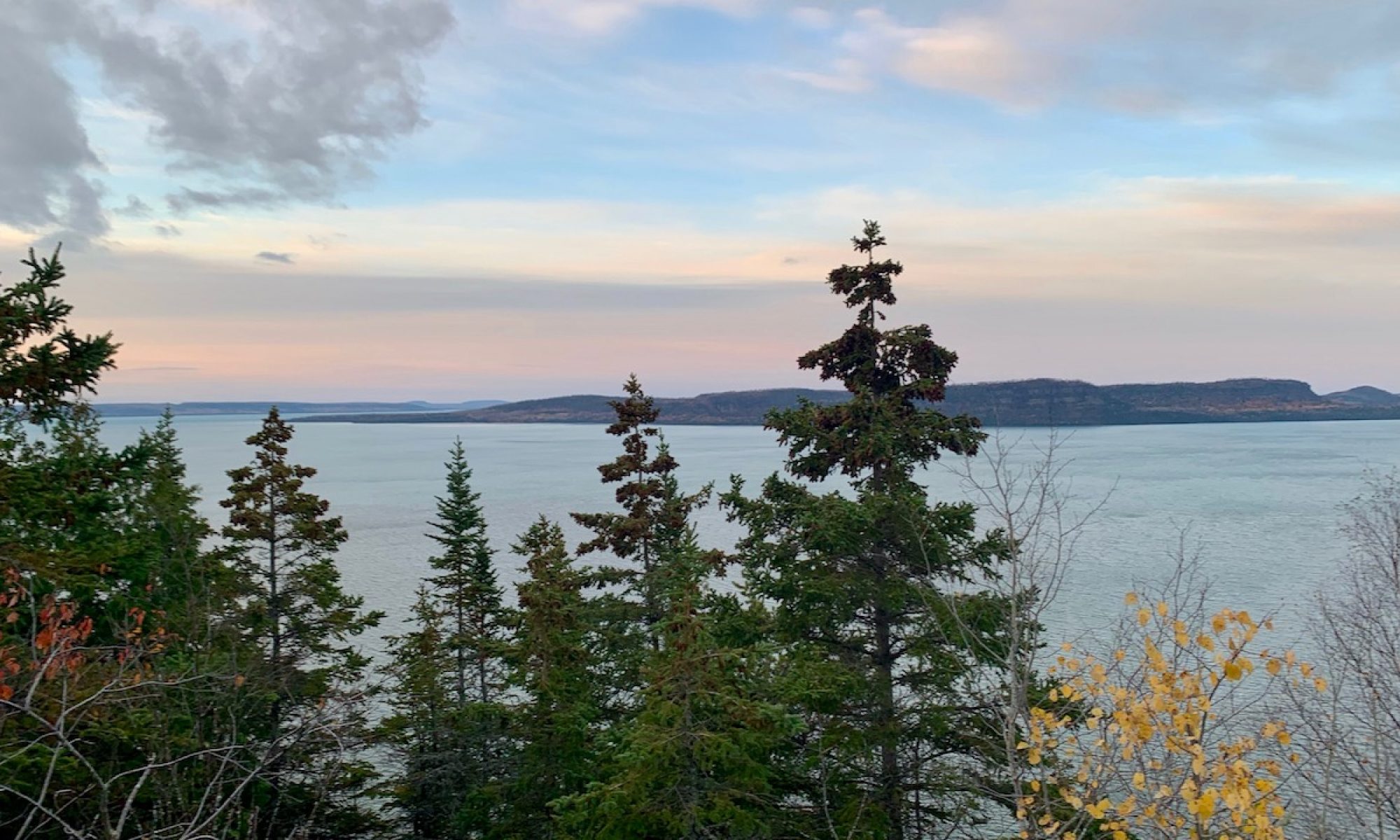My school was in a small town in Saskatchewan, everyone knew everyone in my school, and my school was one where there was a lot of privilege. In my school we often never saw the really horrible things that can happen in the world, it has shown me in the last couple of years since I have mature a little more how naive my way of seeing the world was and sometimes still is. My school gave me an overly positive world view, I never saw the bad, and was taught to ignore. As a student in these classes, I also developed a basis against students who did not understand or pick things up quickly, I think I learned this from the way my teachers acted towards them and they were also treated so differently. As I chose to become a teacher to help get rid of the biases and to help students at all levels of learning, people should not be judged solely on how they understand things in a classroom. In my school, there were lots of single stories, and in my school the “good students” truth always mattered more than over students.
